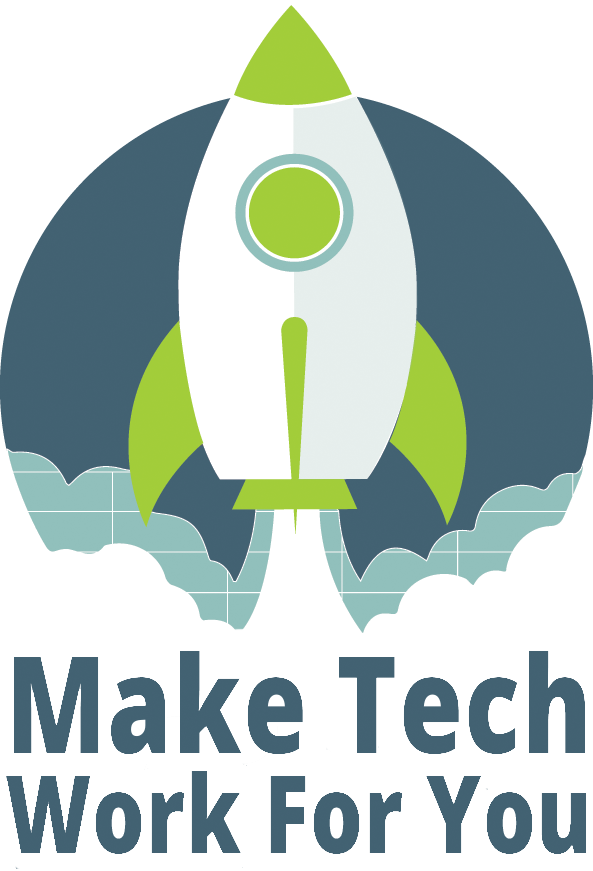Thinking Together
Inspiration for this blog post:
Recent newsletter from Voltage Control
Everything that you could ever want to learn about technology is available on the internet. Most of it is free. The rest of it is available in paid online courses and classes. In some of these knowledge offerings, there are opportunities to connect with other people as part of the learning. So why doesn’t it work out that for any need we have we do a Google search and find the answer right away? It isn’t always because the internet is big and has an overwhelming offering of resources. Even the most interactive of these offerings is still grounded in a structure of a single person gaining knowledge on their own to then apply to their work separate from their learning. More than anything else, we are craving connection and community right now, and these two things are an essential part of the magic of learning, particularly for learning data & technology for mission-driven work.
The concept of “thinking together” has been explained as part of the defining of thriving Communities of Practice, which is a beautiful way to imagine what is a successful and joyful culture of data & technology at a nonprofit organization. Unlike the typical learning format where learners are on one end of “knowledge deployment as information transmission/request”, when people think together, they enact “knowledge development as instruction and improvisation.” These are some academic phrasings, but they paint a wonderful picture of learning that is extremely well-suited to adult learning in general and specifically for mission-driven individuals and organizations. We learn best together by doing and thinking together - not just taking in knowledge but creating and re-creating knowledge through experience.
There are plenty of forums, user groups, support channels, conferences, and gatherings of people working with the same or similar technology for mission-driven work. These are invaluable for creating community, for combating isolation, and for sharing knowledge. In addition to these community-based resource, we also need to cultivate within our organizations the framework and support for thinking together. Communities of Practice are a great example of such a framework, but they are not the only one. Another example is Make Tech Work For You’s Learn, Use, Love program, which creates space and opportunity for team members to “think together” with a technology coach and with each other. Doug Ferguson of Voltage Control named this “a surprisingly simple learning hack” but it is a deep and important part of a culture of continuous learning in general, and specifically for data & technology learning at nonprofits and mission-driven organizations.

